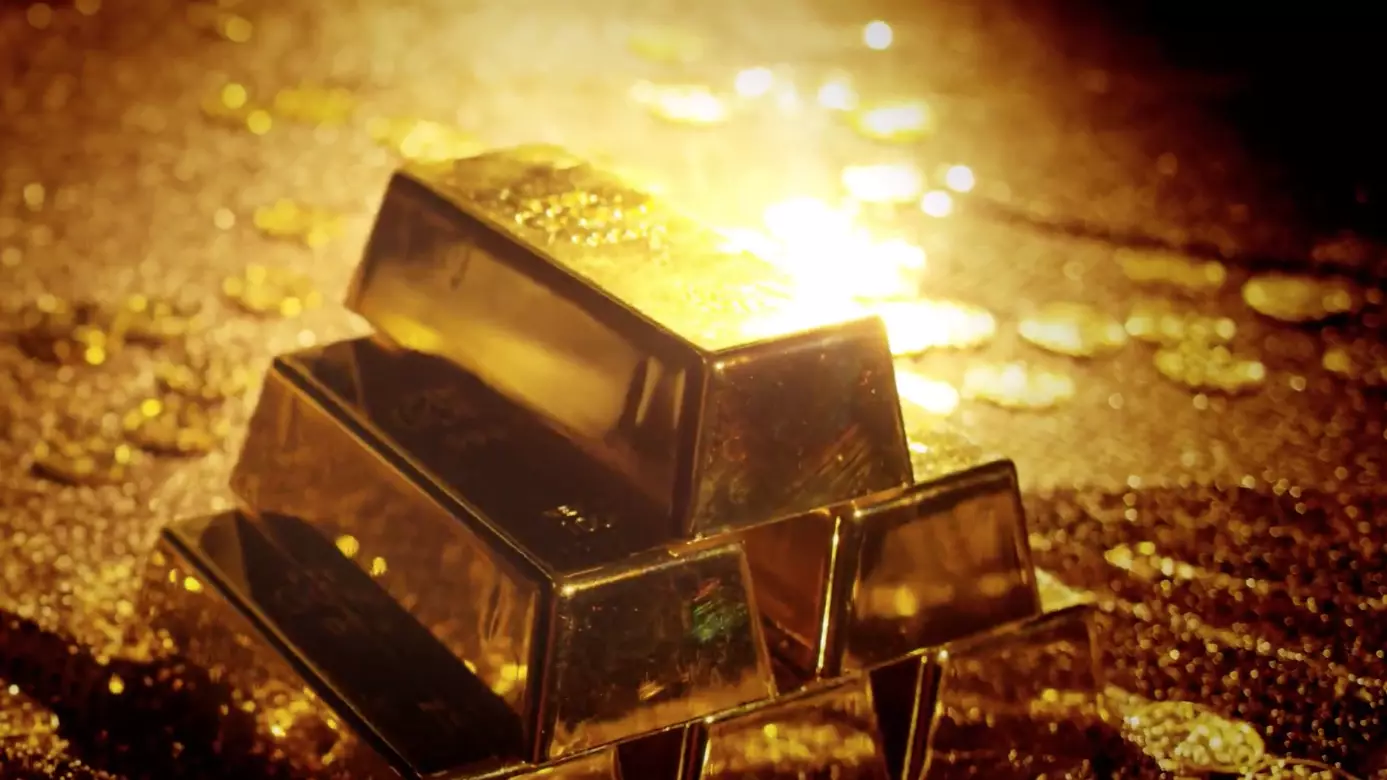
During World War I and World War II, 7,500 British merchant ships were torpedoed and sunk.
More than 700 of these ships were official 'Gold Carriers'. They were shipping cargoes of gold bullion across the globe to pay for munitions and supplies that the British government desperately needed for the armed forces, but also ordinary civilians at home who were struggling on rations.
That means that at the bottom of the oceans there are vast quantities of British gold.
Advert
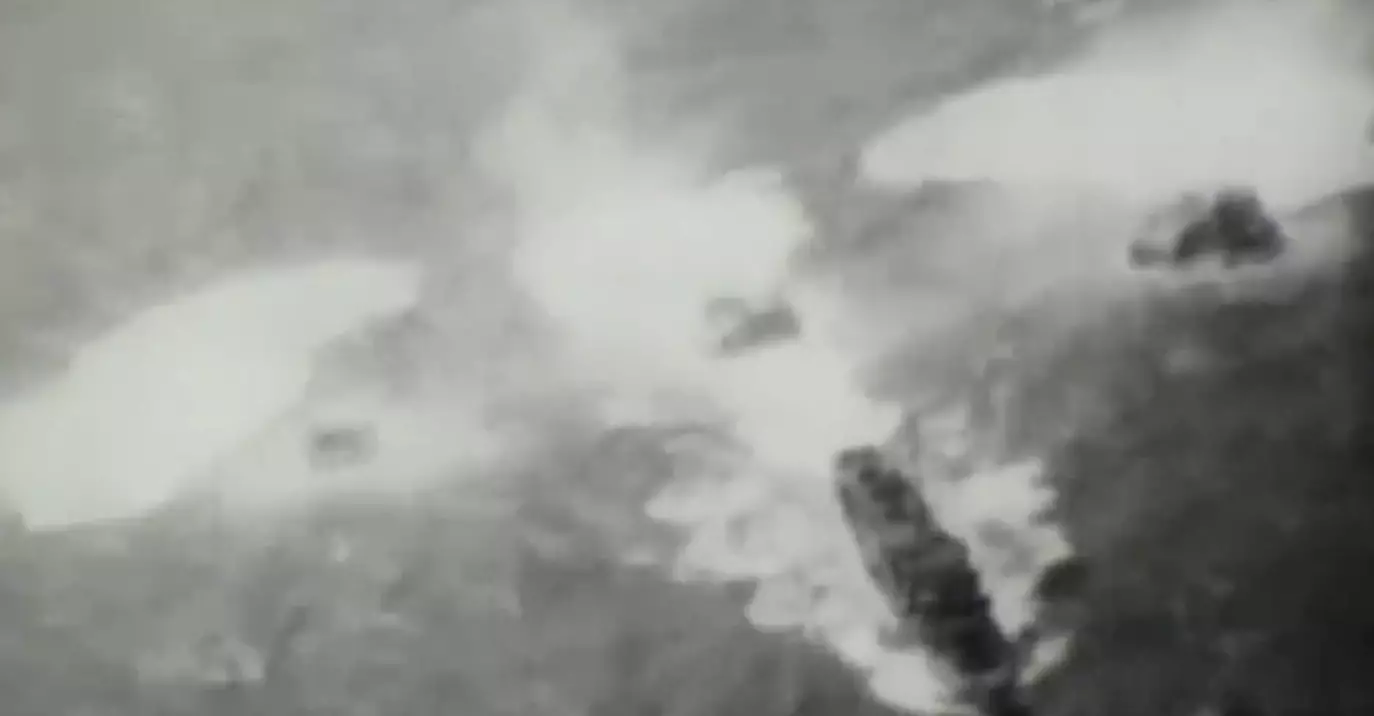
Research teams in the UK, the US, and Canada have spent the last 25 years looking for the British gold and they now know where it is. Using expert salvage technology, an organisation called Britannia's Gold is planning to salvage the treasure at the bottom of the ocean.
How Much Gold Are We Talking?
Advert
It's a huge amount of money.
The British Government shipped gold bullion worldwide with an estimated present day value of circa £300bn. Most of these gold shipments were carried by the merchant fleet under government direction.
Of the 7,500 ships lost, more than 700 were gold and silver carriers. During WWI, the Bank of England shipped gold worth £125bn and during WWII gold worth £175bn (at 2016 prices).
These figures do not include other substantial shipments of precious metals, gems and gold owned or controlled by Joint Stock Banks. So we're talking a lot of money.
Advert
A serious amount of dollar. If Britannia's Gold found even half of that, it would be amazing.
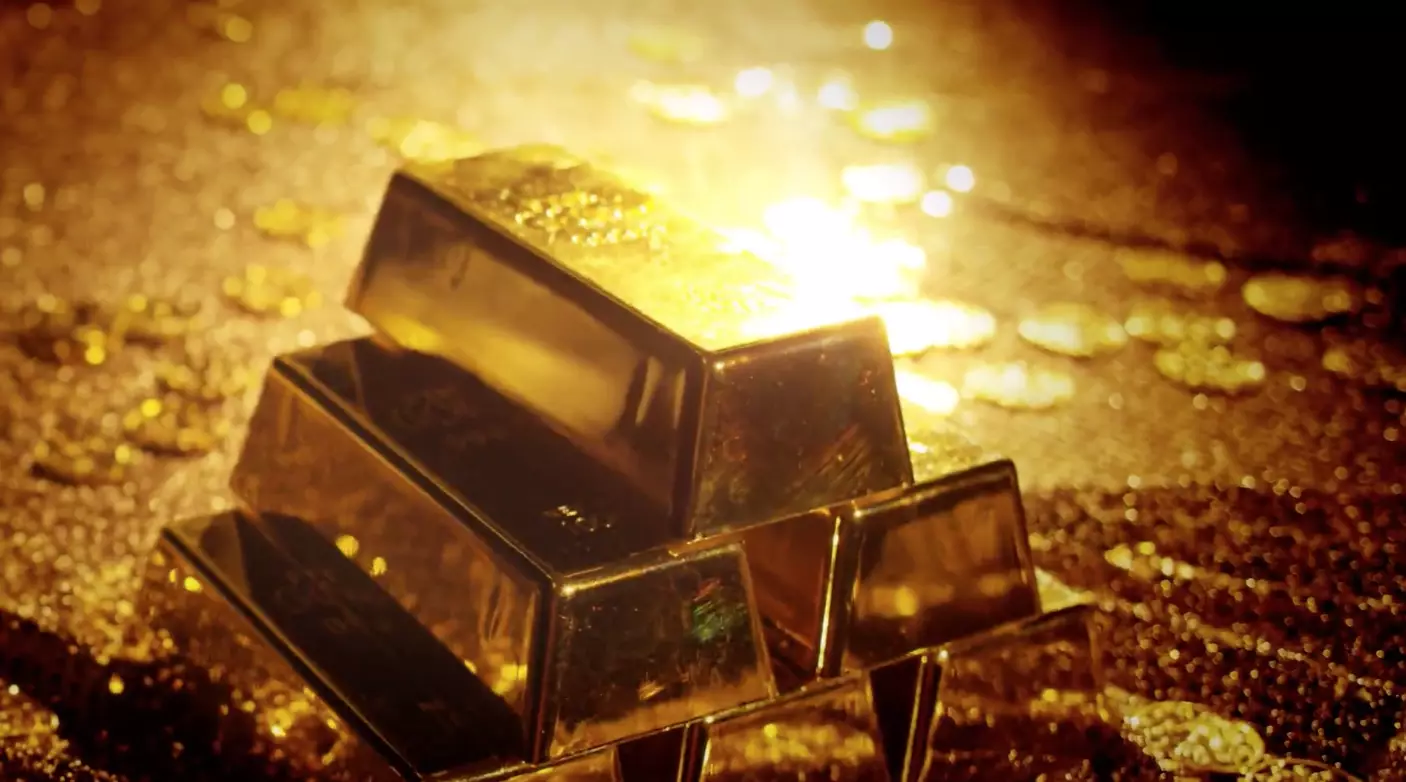
How Many Ships Can Be Salvaged?
While Britannia's Gold has spent the last quarter of a century using state-of-the-art technology, and also going through 8,000 documents from various governmental agencies to find out about what was on each ship and where they were headed, it's not that easy. Not all of the ships carrying gold will be salvaged.
Advert
For example, The City of Benares, an 11,000-ton British liner was hit by a German torpedo while carrying 262 evacuees including children, to Canada in 1940. It was a tragedy that people talked about for years; why had the Nazis targeted a vessel carrying civilians?
But it was because the government was hiding gold in the ship, too.
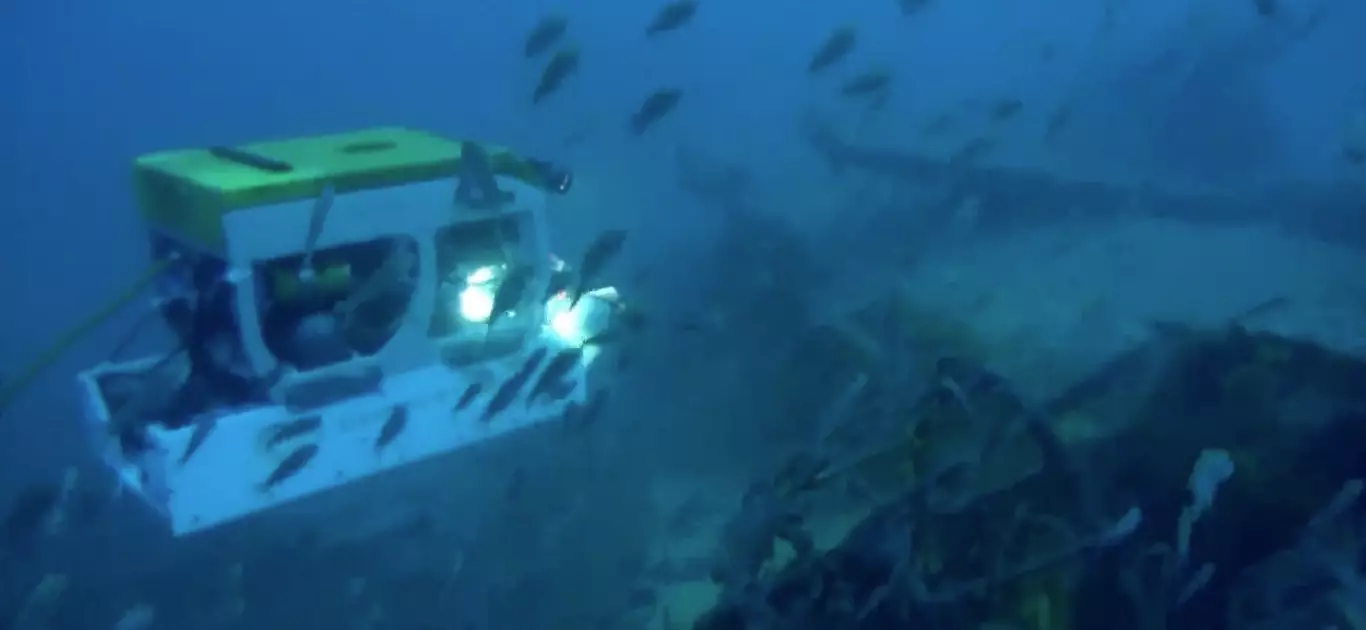
The team of Britannia's Gold won't touch the City of Benares, as it's designated as a war grave and should be treated as such. It's still a very sensitive subject.
Advert
Since 1914, all British warships that have sunk are classified as both war graves and sovereign territory, which means that they have to be treated with respect. And that no one can disturb them.
However, most merchant wrecks have no such protection - and they're the ones with the gold. So Britannia's Gold will only look for the merchant ships.
How Easy Is It To Find These Ships?
Unlike the Spanish Armada, which sank full of gold and treasures, too, the merchant ships from the last century will still be intact which makes them much easier to find. The 15th century wooden ships have all but disintegrated.
Steel takes much longer to fall apart, even under the powerful waves of the ocean.
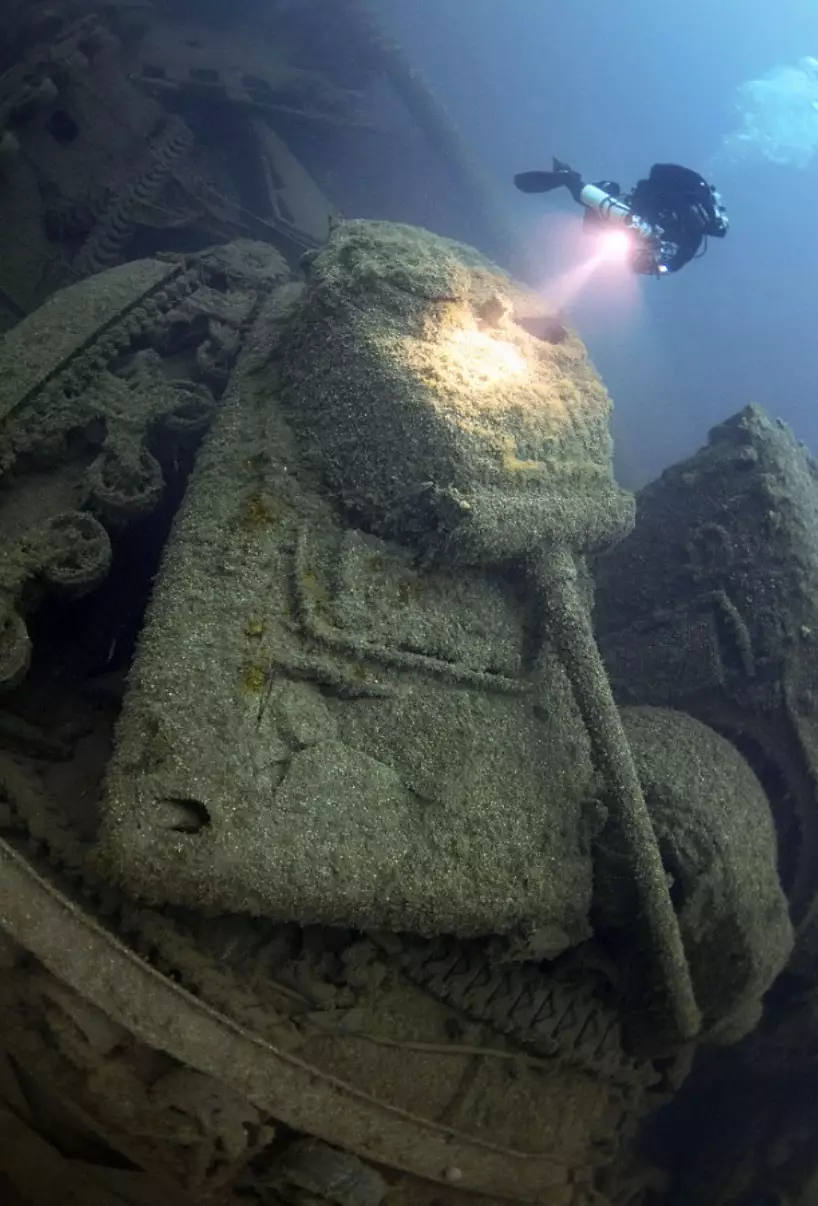
But it was the painstaking research that was the real hard work.
While in the Public Records Office, going through a box of mariners' wills, one of the founding members of Britannia's Gold found a folder had been filed in the wrong place.
A scribbled, handwritten note on the front stated: "Publication of Gold Imports and Exports by the Bank of England." Inside was a typed letter, written in 1915, from the Prime Minister's senior economic adviser, George Paish, to the Chancellor of the Exchequer, Reginald McKenna.
Paish points out that two passenger liners heading for the U.S. with substantial amounts of gold on board, had recently been torpedoed. On the very same day each one had set sail, he notes, the Bank of England had announced sales of large quantities of 'foreign gold coin'.
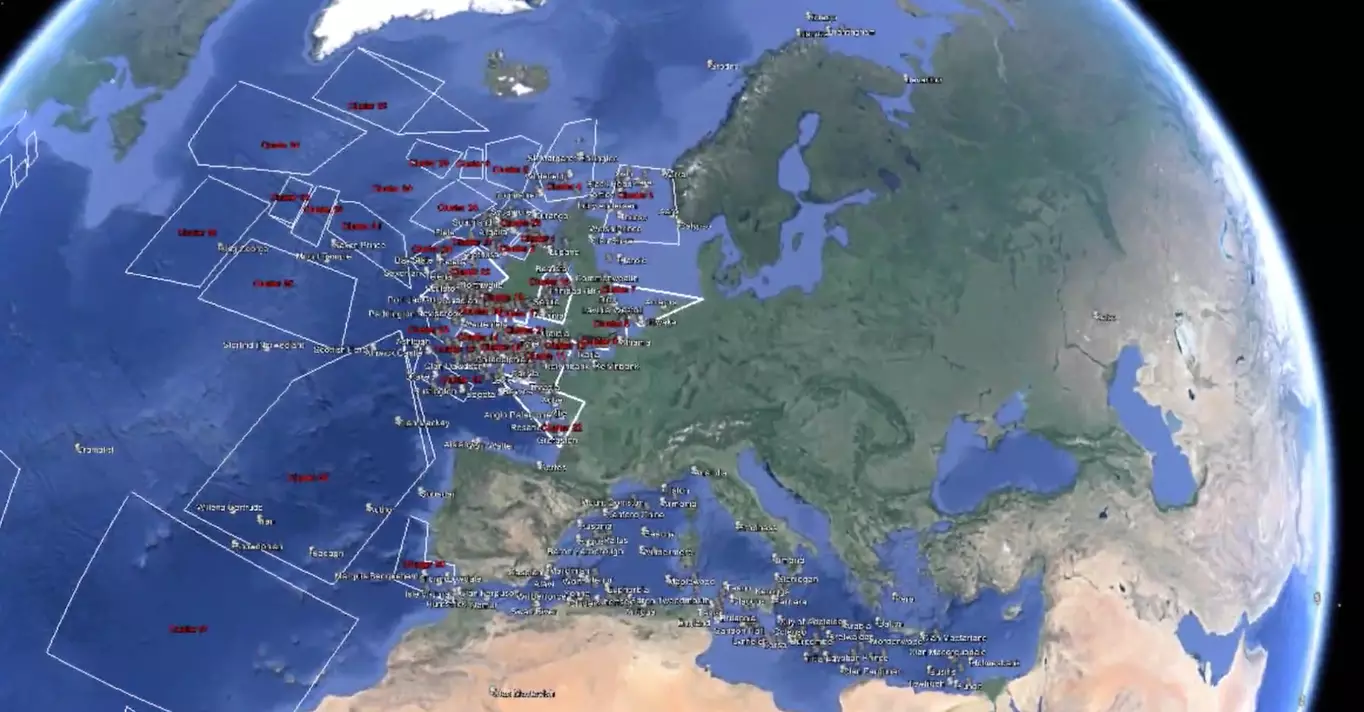
The Nazis were following the Bank of England's announcements closely, and that's how they figured out which ships were carrying gold in WWII.
And that's how Britannia's Gold figured it out, too. Of course, the company had other avenues to follow. For example, a U-boat commander who kept precise notes of the ships he shot down and why - pretty gruesome and chilling stuff but useful to locate the ships. And there are still survivors from the torpedoed ships who remember where the gold was stashed.
Who Will Get The Gold?
Now for the important question! Once the gold is salvaged from the sea, who will it belong to? Legally, it still belongs to the British government, but of course there is a finder's fee for Britannia's Gold. It's fair enough as it's a risky business to look for gold on the bottom of the ocean and lots of people have lost thousands of pounds looking for treasure.
You can join Britannia's Gold and help out with the quest to bring back the gold belonging to the UK. Also...they're giving away one gold bar! Not too shabby.
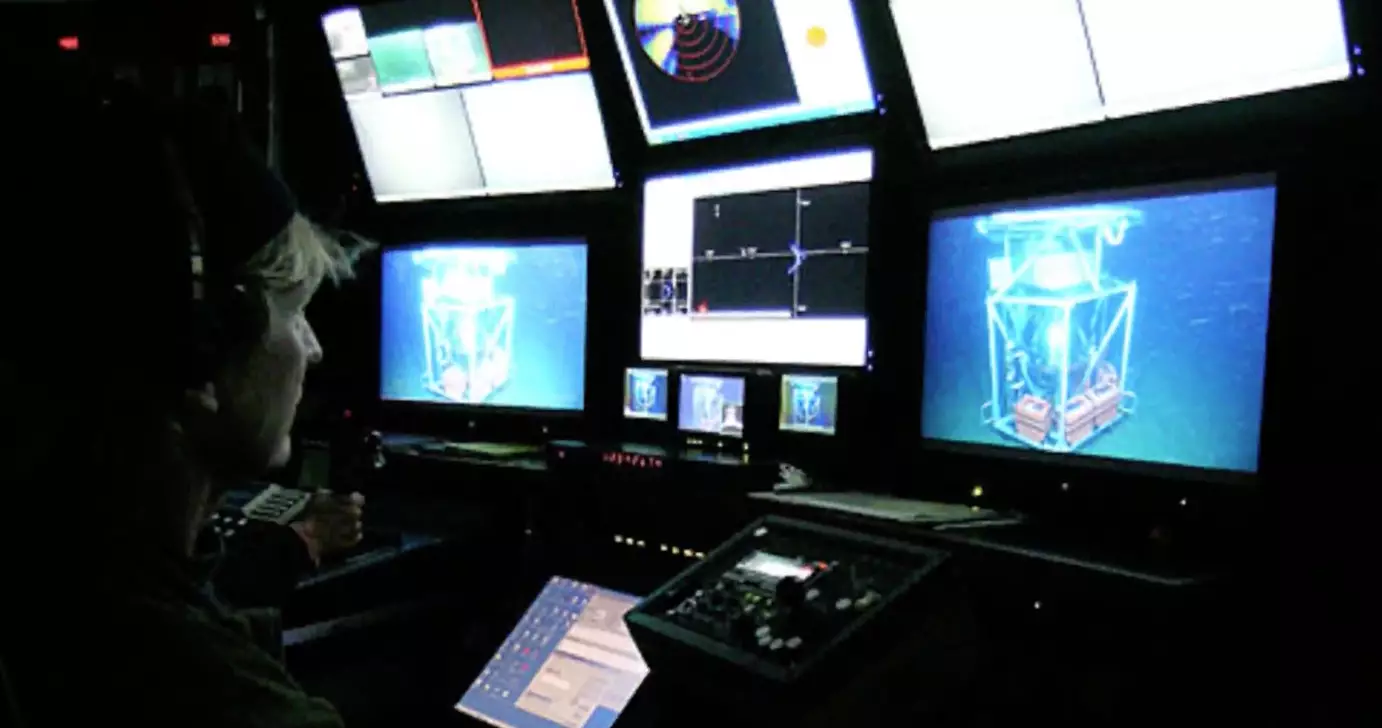
Just think about what the government could do with that amount of cash! Spend it on the NHS, top up pensions, clear everyone's student debt or even just give it to us as a gift. I could have done with a gold bar or two as well.
Words: Laura Hamilton
Featured Image Credit: Britannia's Gold